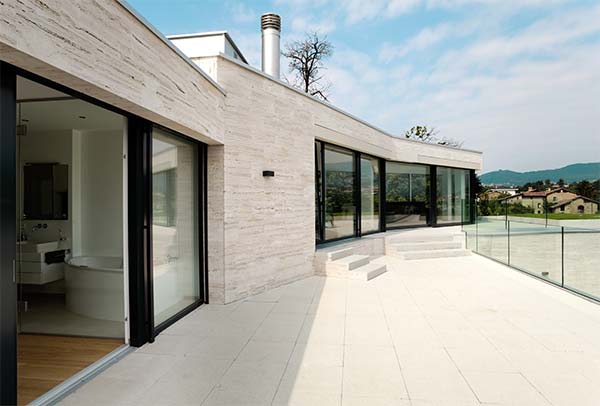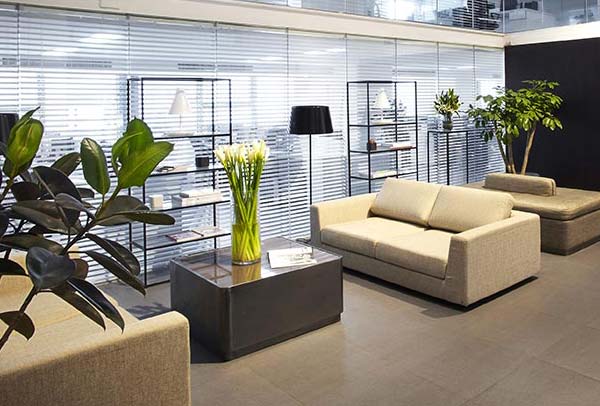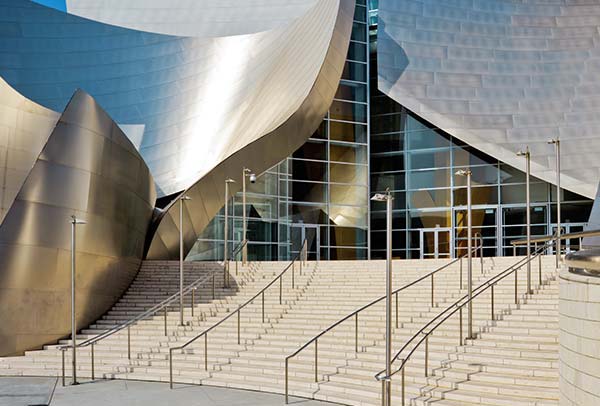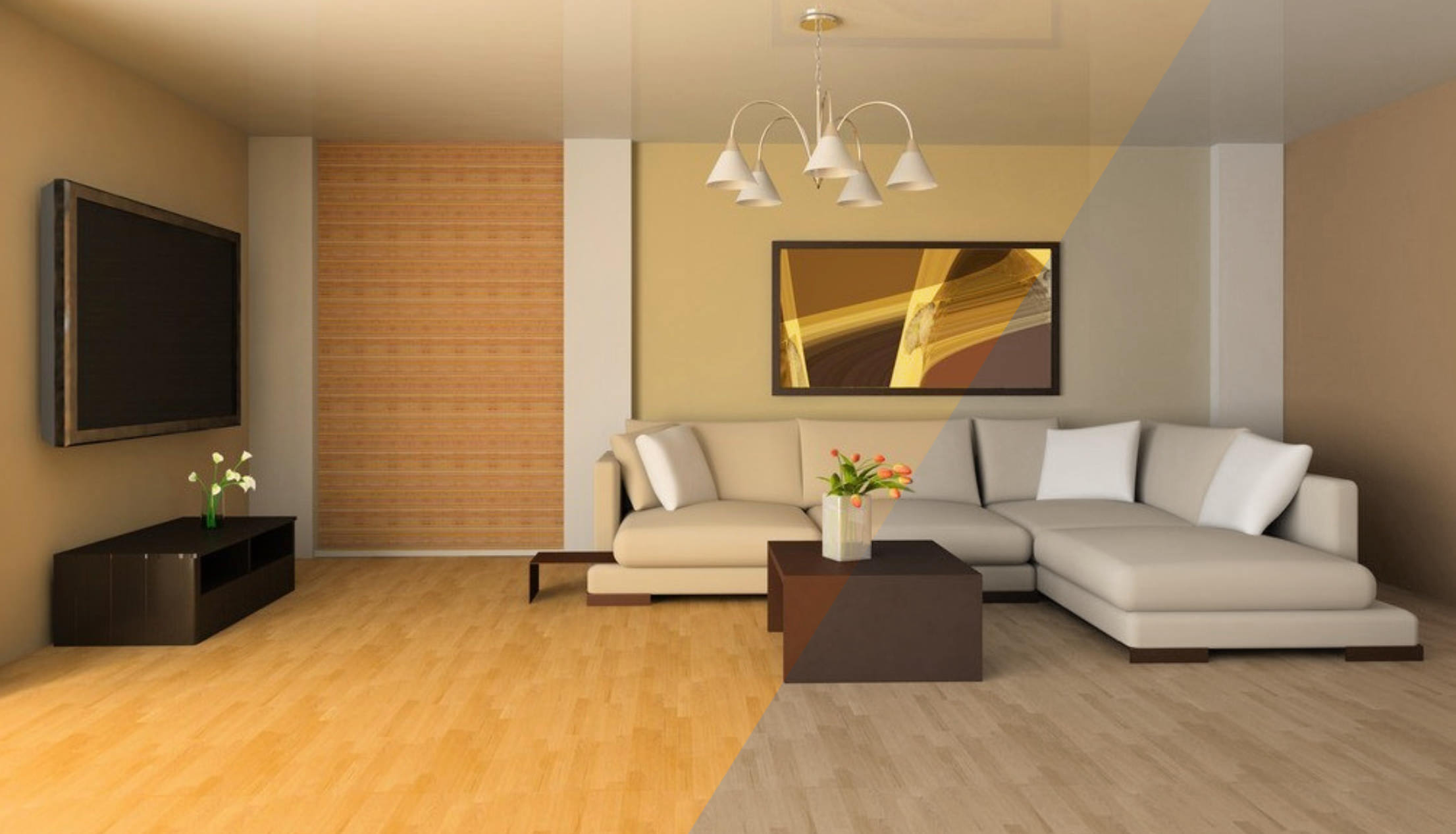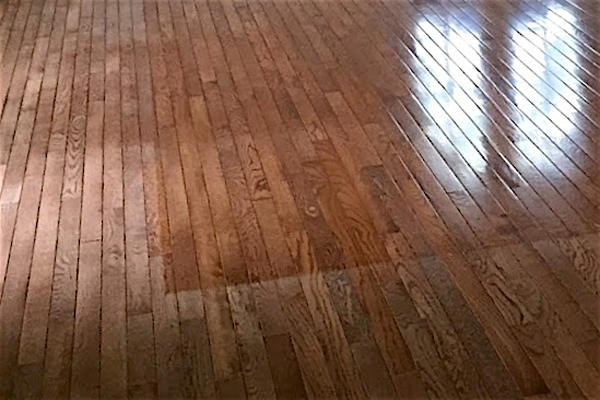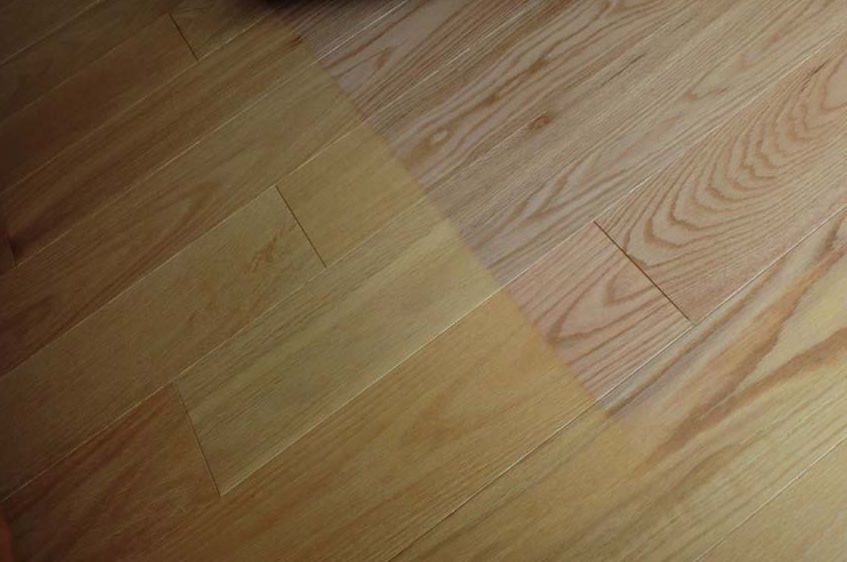You would be surprised how many Vancouver Island and Okanagan homes fall victim to faded furniture, hardwood floors, artwork, and rugs. Many of our clients have been on the hunt for a solution or preventative measure to help protect their home furnishings, and we have a few ways to help. In consultation from our friends at Vista we found some great material to help educate you on this topic, and here is how it all shakes out.
First off, we need to understand why things fade from sunlight in the first place. It is all comes down to the chemical makeup of an object. The technical term for colour fading is “photodegradation”. There are light absorbing colour bodies called chromophores that are present in dyes. The colour(s) we see are based upon these chemical bonds and the amount of light that is absorbed in a particular wavelength.

